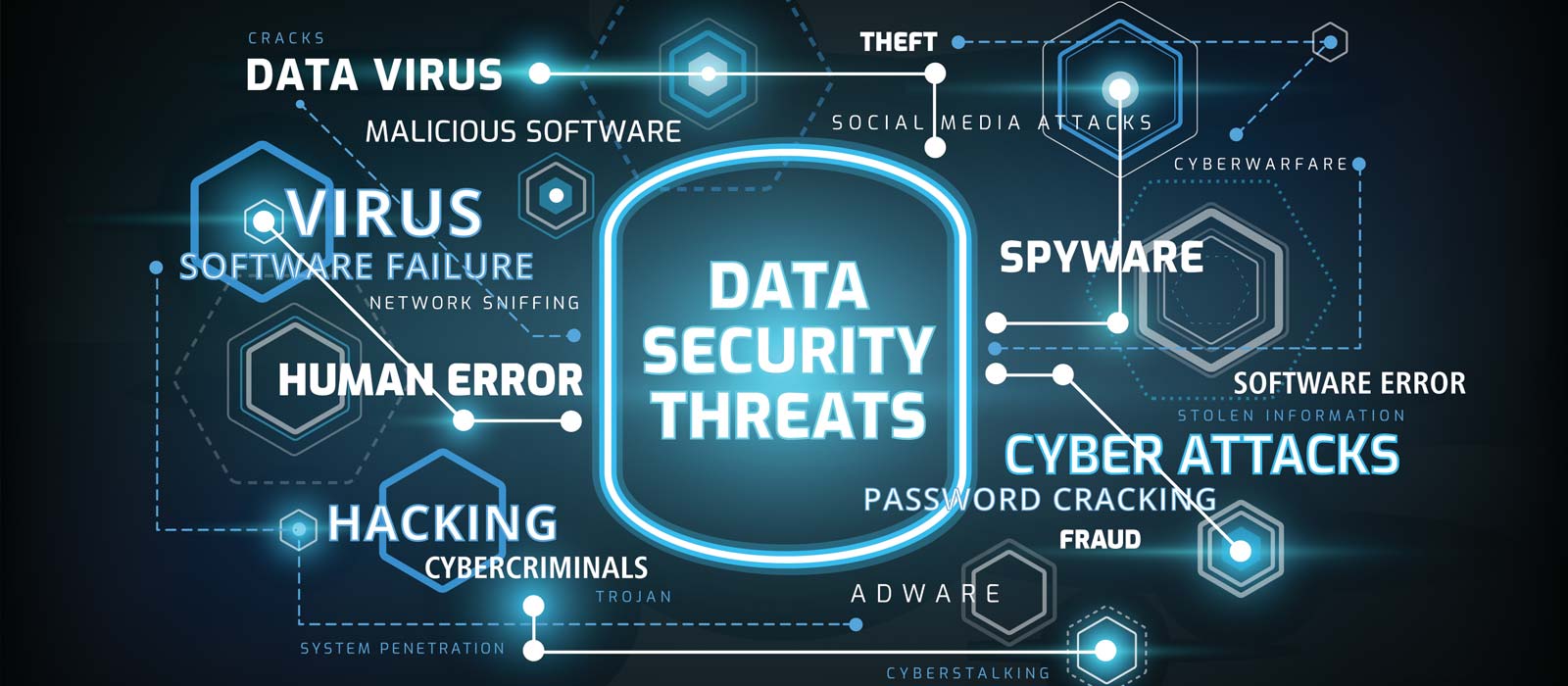
08 Jul Edge and Endpoint AI – Answering the Data Security Challenge
Cyber-security is top-of-mind for any enterprise that produces operational data that needs to be protected. As AI-enabled smart devices and machines continue to proliferate so do the threats that can be arrayed against them. Virtually every advancement in the capabilities of Industrial Internet of Things (IIoT) assets is met with matching developments in the techniques deployed by cyber criminals. Over the past few years, a primary area of concern has been the security of data that is processed and stored in the cloud.
Cloud Computing – the Vulnerabilities
Several industry surveys have revealed that ~90% of companies are concerned about the security of data that is processed and hosted in a cloud environment. A sampling of current vulnerabilities would include the following:
- Compromised APIs: An insecure Application Programming Interface (API) is one of the prime vulnerabilities within a typical cloud networking ecosystem. Cyber-criminals actively search for vulnerable APIs and then deploy various cyber tactics to exploit them. Sensitive asset data can then be compromised or stolen.
- Session Riding (Hijacking): Today’s cyber criminals have developed several sophisticated methods for hijacking user accounts that transfer data into a cloud environment. These methods are often undetectable at the user level. These techniques can include phishing, keylogging, denial of service (DoS), cross-site scripting, and more.
- Lack of End User Control: The more people that have access to an organization’s cloud environment, the greater the potential for user error and malpractice. Not all cyber-threats come from the outside. Many attacks come from internal users, either via operational error or deliberate misconduct.
- Regulatory Compliance: Many enterprises that have migrated to the cloud have done so without building the safeguards required to protect their data and their assets. Compliance standards need to be implemented—and enforced—in order of offset the additional risk created by transferring vast amounts of operational data to the cloud.
The Security Advantages of Edge and Endpoint AI

To help safeguard the security of mission-critical assets, and the data they produce, many IIoT asset-heavy industries are moving to Edge and Endpoint solutions to power their AI and machine learning initiatives. This includes companies within the automotive, manufacturing, telecom, energy, and silicone sectors.
The primary distinction between Edge and Endpoint AI solutions and the legacy cloud-based approach lies is the location of data processing. In a traditional cloud-based architecture, all AI-generated asset data is routed to a cloud environment for processing, analysis, and storage. This can expose critical asset data to the vulnerabilities discussed above. Edge and Endpoint AI models are designed to process critical asset data either at the network edge (Edge AI) or right at the asset itself (Endpoint AI). These solutions provide distinct advantages in IIoT ecosystems where data security is a primary concern. Advantages that include:
- Tighter Control of Data: Edge and Endpoint AI solutions allow users to implement data management protocols that provider tighter control of data access and sharing. Most cloud environments are harder to control.
- More Secure Data Connection: Since critical/sensitive data is processed locally, the security and connectivity of that data is more reliable. Cloud connectivity issues are no longer an issue.
- Reduced Data Exposure: Edge and Endpoint AI solutions put data discrimination into the hands of the user. Sensitive data can be stored, processed, analyzed, and acted upon locally. If applicable, less sensitive data can be sent to the cloud for processing. This significantly reduces the risk of exposure of critical asset data.
- Increased Flexibility: Edge and Endpoint adopters have the flexibility to tailor custom security protocols to specific assets. Rather than sensitive data being processed in large chunks in the cloud, data can be analyzed in smaller portions at the asset level.
IIoT and Industry 4.0 initiatives will continue to drive the growth of AI and machine learning solutions. This has proven to be a fertile area of concentration for cyber-criminals. The incidence and severity of cyber attacks will continue to accelerate. New approaches to data security are required. Edge and Endpoint AI solutions are rising to the challenge.

